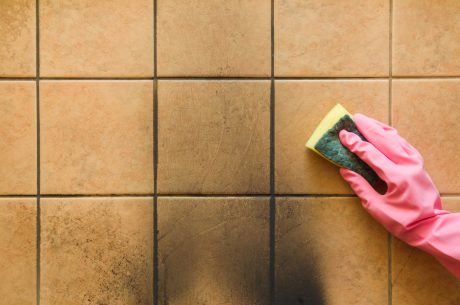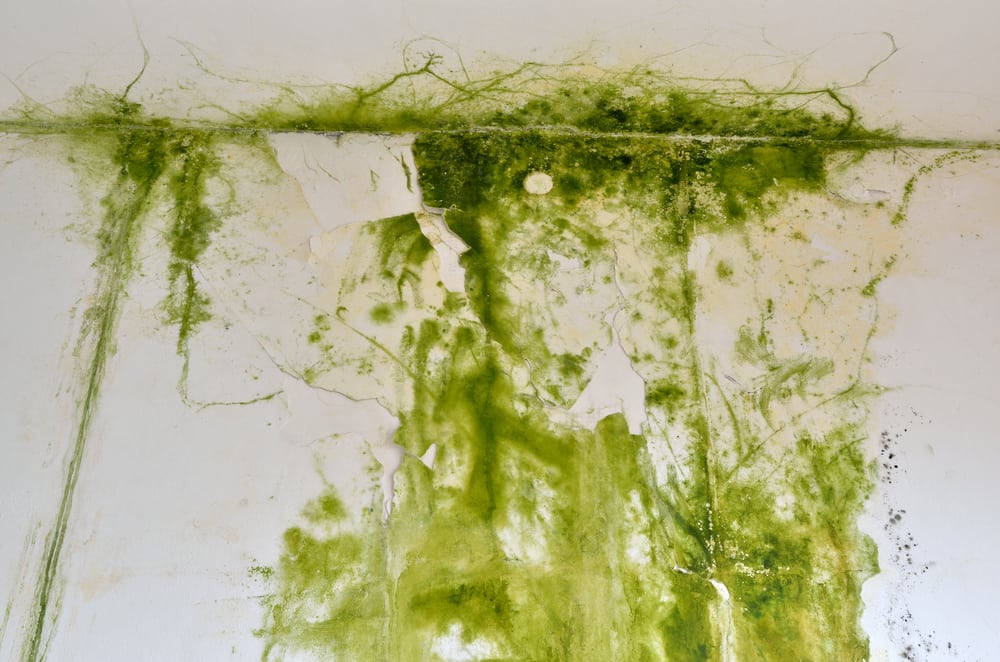Mold can easily grow in an environment that is rich in moisture and organic material, and with temperatures between 32 and 120 degrees. Your heating, ventilation, and air conditioning (HVAC) system can provide such conditions unless you take steps to prevent moisture and “mold food” from accumulating in the system. Below are essential tips to prevent mold in HVAC systems.
Tips to Prevent Mold in HVAC Systems
- Keep HVAC Components Clean: Regularly clean and maintain HVAC components such as air ducts, vents, coils, and drip pans. Remove any dust, debris, or microbial growth that may accumulate over time.
- Maintain the drain pans. If the drain pans are not sloped and cleaned regularly, standing water won’t be able to drain through the deep seal trap and will accumulate in the drain pans. The water and microbes in the drain pans will result in mold growth.
- Replace air filters regularly. Wet and dirty air filters are inefficient at trapping mold spores and other contaminants. These particles will contaminate your HVAC system if you don’t change the filters on a regular basis, usually once a month.
- Apply an HVAC mold inhibitor. Environmental Protection Agency (EPA)-registered, HVAC-approved mold inhibitors can prevent mold and mildew growth in your HVAC system. The inhibitor should be applied to all the components of your heating and cooling unit following the manufacturer’s instructions.
- Use a disinfectant. Before applying the mold inhibitor to your HVAC system, you need to treat it with a disinfectant first. Look for an EPA-approved disinfectant that is labeled for use in HVAC systems.
- Control moisture levels. Maintain optimal indoor humidity levels (ideally between 30% and 60%) to prevent excess moisture buildup, which can promote mold growth. Use dehumidifiers if necessary, especially in humid climates or areas prone to moisture problems.
- Keep ducts dry. Some ducts in the HVAC system may harbor larger amounts of moisture and mold. Have your HVAC system checked to find which ducts are the most affected. Clean and fix ducts and replace water-damaged components.
- Check the air intakes. Air intakes that are near areas where organic materials accumulate will transport microbes and contaminants into your HVAC system. Make sure to keep the areas below air intakes clean by moving dumpsters, and removing standing water and bird droppings, etc.
- Fix leaks and condensation issues. Inspect HVAC systems for leaks, condensation, or water damage regularly. Promptly repair any leaks or faulty seals in ductwork, pipes, or HVAC units to prevent water intrusion and moisture buildup.
- Improve ventilation. Ensure proper ventilation in all areas serviced by the HVAC system. Adequate airflow helps prevent stagnant air and moisture buildup, reducing the likelihood of mold growth.
- Use high-efficiency filters. Install high-efficiency air filters in HVAC systems to capture airborne particles, including mold spores, and prevent them from circulating throughout the indoor environment. Replace filters regularly according to manufacturer recommendations.
- Clean and inspect air ducts. Regular cleaning and inspecting air ducts to remove accumulated dust, debris, and microbial growth. Consider hiring professional duct cleaning services for thorough cleaning of ductwork and components.
- Use UV germicidal lights. Install UV germicidal lights in HVAC systems to sterilize air passing through the ducts and coils. UV lights help kill mold spores, bacteria, and other microorganisms, reducing the risk of the growth of mold within the system.
- Monitor indoor air quality. Invest in indoor air quality monitors to track humidity levels, particulate matter, and other factors that can contribute to mold growth. Monitor the effectiveness of preventive measures and adjust as needed.
- Educate occupants. Educate building occupants about the importance of maintaining a clean and dry indoor environment to prevent mold growth. Encourage proper ventilation practices and prompt reporting of any signs of black mold or moisture problems.
- Schedule professional inspections. Schedule regular inspections and maintenance by qualified HVAC technicians to detect and address any potential issues before they escalate. Professionals can identify areas of concern and provide recommendations for preventing mold growth.
Got Mold in Your HVAC System? For Mold Removal Services, Contact the PuroClean of Broken Arrow Experts!
By implementing these preventive measures, you can effectively reduce the risk of mold growth in HVAC systems and maintain a healthy indoor environment for occupants. Regular maintenance, proper ventilation, and moisture control are key to preventing mold-related issues in HVAC systems. For mold remediation and water removal services, contact PuroClean of Broken Arrow at (918) 877-7373.




 PuroClean of Broken Arrow
PuroClean of Broken Arrow